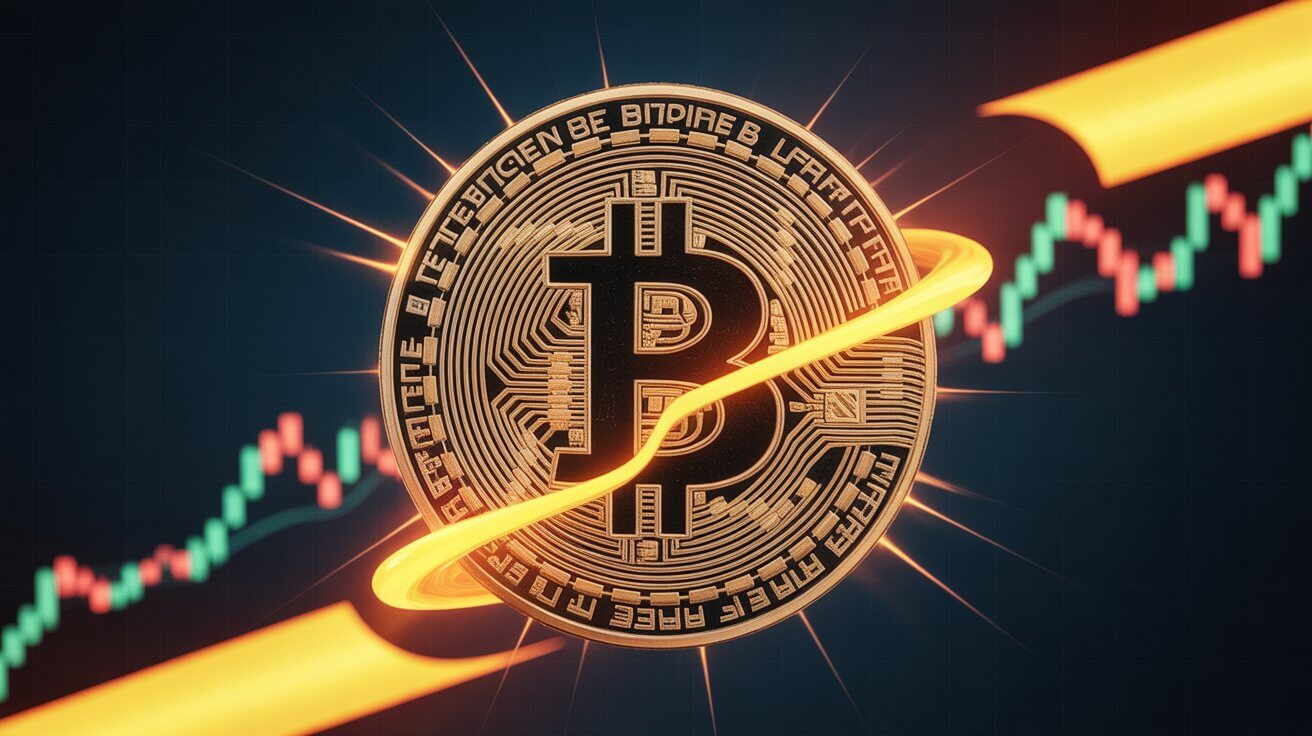Appearance
What Is Bitcoin Halving? How It Works, Why It Matters, and How to Trade It

Overview
Bitcoin halving is a scheduled event in Bitcoin’s code that cuts the block reward miners earn by 50% roughly every four years (every 210,000 blocks). It slows new BTC issuance, pushes Bitcoin’s inflation rate lower, and has historically coincided with multi‑month market cycles that traders watch closely.
Key takeaways
- Purpose: Control supply and preserve scarcity; total BTC capped at 21 million.
- Frequency: Every ~4 years (210,000 blocks).
- Impact: Miner revenue per block halves; new daily BTC issued halves; inflation rate drops.
- Traders watch: Price trends before/after the halving, miner behavior, hash rate, and liquidity flows.
How halving works (plain English)
- New BTC enter circulation as “block rewards” paid to miners who secure the network.
- The initial reward was 50 BTC per block in 2009.
- After every 210,000 blocks, that reward is cut in half. Fees remain and can become a larger share of miner revenue.
- Over time, issuance trends toward zero; the last fraction of BTC will be mined around year 2140.
Bitcoin halving history and schedule
- 2012-11-28 (Block 210,000): 50 → 25 BTC. Est. daily issuance: 7,200 → 3,600 BTC.
- 2016-07-09 (Block 420,000): 25 → 12.5 BTC. Issuance: 3,600 → 1,800 BTC/day.
- 2020-05-11 (Block 630,000): 12.5 → 6.25 BTC. Issuance: 1,800 → 900 BTC/day.
- 2024-04-20 (Block 840,000): 6.25 → 3.125 BTC. Issuance: 900 → 450 BTC/day.
- Next estimated: 2028 (Block 1,050,000): 3.125 → 1.5625 BTC. Issuance: ~450 → ~225 BTC/day.
| Halving Event | Approximate Date | Block Number | Block Reward (BTC) | New BTC Per Day (Approx.) |
|---|---|---|---|---|
| Genesis | Jan 2009 | 0 | 50 | 7,200 |
| 1st Halving | Nov 2012 | 210,000 | 25 | 3,600 |
| 2nd Halving | Jul 2016 | 420,000 | 12.5 | 1,800 |
| 3rd Halving | May 2020 | 630,000 | 6.25 | 900 |
| 4th Halving | Apr 2024 | 840,000 | 3.125 | 450 |
Why the halving matters
Scarcity and inflation
- New supply drops by half, so Bitcoin’s annualized inflation rate falls (post‑2024 halving it’s roughly under 1%).
- Stock-to-flow (scarcity metric) improves, which some investors use as a long‑term valuation lens.
Miner economics and network security
- Revenue per block halves; inefficient miners may shut down or upgrade rigs.
- Hash rate and difficulty can fluctuate as miners adjust, but the difficulty algorithm retargets every ~2 weeks to stabilize block times.
Market behavior
- Historically, large bull markets have occurred months after past halvings, though not guaranteed.
- Pre‑halving “buy the rumor” rallies and post‑halving volatility are common patterns.
What typically changes at the halving?
- Block reward: halves instantly at a specific block.
- Miner revenue mix: transaction fees can become a bigger slice during high usage.
- Narrative: media/investor attention increases, often boosting liquidity.
What doesn’t change?
- Total cap (21M) and consensus rules aside from the scheduled reward change.
- Bitcoin’s 10‑minute target block time (maintained by difficulty retargets).
- Your coins and addresses—no chain migration or swap is required.
Metrics to watch around a halving
- Hash rate and difficulty: indicate miner health and security.
- Miner reserves and flows: heavy selling can pressure price; accumulation can signal confidence.
- Funding rates and basis: gauge leverage and futures/spot imbalances.
- ETF and stablecoin inflows: fresh fiat liquidity can amplify moves.
- On‑chain fees and mempool backlog: fees may spike when demand is high.
Trading approaches for halving
This is educational, not financial advice.
- Accumulation/DCA: Spread entries over weeks to reduce timing risk.
- Trend‑following: Use moving averages or MACD crossovers to ride post‑halving trends.
- Pullback buys: Wait for 10–20% dips after spikes; confirm with volume/structure.
- Options hedges: Covered calls or protective puts to manage volatility.
- Basis trades: Long spot/short perp or futures when funding is elevated to earn carry.
- Alt rotation: Historically, liquidity can rotate from BTC to ETH/altcoins later in the cycle—manage risk tightly.
Risks and misconceptions
- “Guaranteed pump”: There is no certainty; macro, regulation, and liquidity dominate short‑term outcomes.
- Miner capitulation: If price lags, weaker miners may sell more BTC or shut off, adding volatility.
- Over‑leverage: Elevated funding and crowded long positions can trigger sharp liquidations.
- Event fatigue: Markets often price in well‑telegraphed events; the path can be choppy.
Quick FAQ
- Does halving cut the total BTC supply? No—only the pace of new issuance. The max supply remains 21,000,000.
- How many BTC are already mined? The vast majority (over 19 million). The remainder will be mined over many decades.
- When is the next halving? Expected around 2028 at block 1,050,000 (exact date depends on block times).
- What happens to miners long‑term? Rewards trend toward transaction fees; efficiency and access to cheap power become critical.
Tie‑ins for RWA and macro traders
- Scarcity narrative often invites comparison to gold (“digital gold”). Watch gold price behavior around inflation and rate cycles for sentiment clues.
- Liquidity cycles (rate cuts, ETF inflows, fiscal spending) can amplify or mute halving effects across BTC, ETH, and tokenized RWAs.